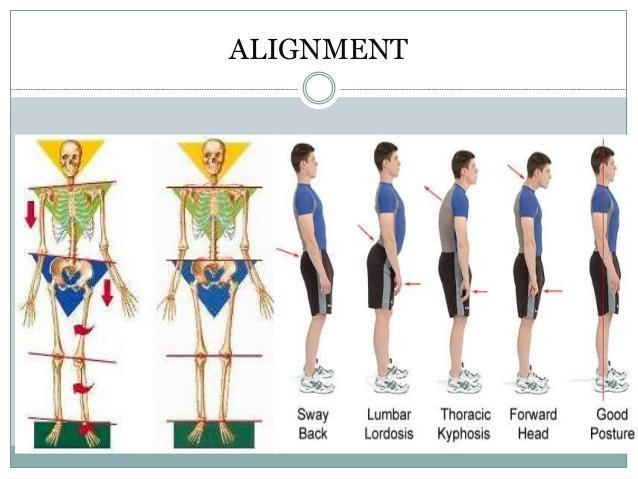
- posted: Jun. 25, 2019
Plantar Fasciitis is the most common cause of plantar heel pain, affecting approximately 10% of the population. Plantar Fasciitis is bilateral in 20-30% of those individuals affected. In the past it was thought to be inflammatory in nature, but more recent studies suggest plantar pain is a result of a non-inflammatory, degenerative process.
We often see patients in our clinic who have tried many different exercises and therapies for their heel pain, but the pain continues to return and cause them issues. We often see really good results so hopefully the following information can help you decrease your pain and get you moving better.
What happens with plantar fasciitis?
The plantar fasciitis is a dense, fibrous band that serves as a biomechanical stabilizer as well as a protector for the vulnerable neuro-vascular structures on the plantar (bottom) of the foot. While walking, the plantar fascia stabilizes the foot and helps with support. Repetitive strain on the plantar fascia can lead to a degenerative process in the fascia which over time leads to heel pain in the plantar fascia. The most common symptom is a sharp pain in the morning or pain with walking after long periods of inactivity.
What are contributing factors to this condition?
Tightness in the gastroc and soleus muscle (which make up the calf muscle) can lead to increase strain on the plantar fascia. Patients with plantar fascia are also 9 times more likely to demonstrate hamstring tightness.
What are the most important exercises for plantar fasciitis?
Stretching exercises for the gastroc, soleus, hamstrings and plantar fascia are important to decrease the strain on the plantar fascia. One of the most important and most overlooked exercise is strengthening the intrinsic muscles in the foot. Exercises such as the marble and towel gripping exercises can strengthen important muscles in the feet which leads to decreased stress on the plantar fascia. These exercises are some of the most important exercises I have patient's complete and they tend to decrease the chance of this issue returning and also improve the progress of this condition.
What else is needed if I have a history of ankle sprains or ankle stability?
If a patient has a history of issues involving the ankle this can also put increased strain on the plantar fascia. If this is the case exercises such as a single leg stand and work on unstable surfaces such as a Bosu ball or wobble board are often needed to make sure the foot and ankle are stabilized to improve a long term outcome. These issues are important to correct because they can cause a chain reaction and throw off our alignment throughout the rest of the body.

Plantar fasciitis is a condition we see frequently in our office. If you or someone you know needs more specific help please let us know and we'd be glad to help!


